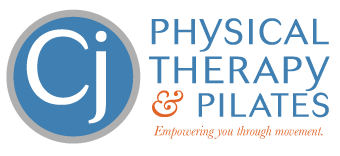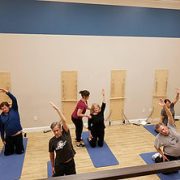5 Ways to Prevent Injury In Your 50s
Many of our clients are in the 50+ range, and we love seeing how these adults are staying active as they get older! However, as we age, our bodies do need more care and have different needs when it comes to exercise. Here are some tips that we like to pass on to our “more mature” clients, including our Pilates students!
1. Stay Moving
This is true for everyone – if you want to be healthy, you need to keep moving. But it’s especially relevant to older adults who might find that they don’t have the stamina for high impact workouts anymore. There are plenty of ways to exercise that are easy on your joints and still help you maintain the mobility that’s crucial for balance and strength as you age! Walking is often overlooked, but consistent walks will build up your strength and endurance greatly. Also, walking outside is a great way to get some fresh air and enjoy the beginnings of spring! For a more structured exercise regimen, consider trying Pilates! Pilates is a full body workout that is gentle on achy joints and allows you to move at your own pace. It will also improve your balance and coordination!
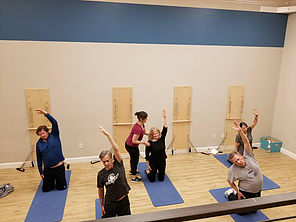
2. Maintain a Healthy Diet
What you eat directly affects your ability to keep moving – because if you’re not keeping your bones and heart healthy, you’re not going to be able to exercise! Greens like kale, spinach, and arugula are awesome for your bones. Along with citrus fruits, fish, and nuts, these foods help your bones stay strong and durable, and can help you recover faster from a fracture. It’s also crucial that as you get older, you’re intentional about taking care of your heart. According to Health magazine, “The risk of a heart attack climbs for men after age 45 and for women after age 55.” So as you enter middle-age, be sure to increase the presence of foods like unsalted nuts, unprocessed oatmeal, raisins, blueberries, and even dark chocolate (over 70% cacao) in your diet!
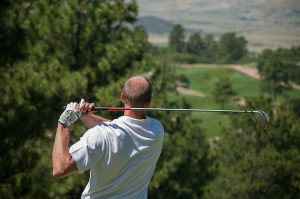
3. Choose Your Activities Wisely
We love seeing passionate adult athletes who still enjoy their sports as they get older! However, it’s important to understand that the risk of injury associated with certain sports tends to increase as you age. Contact sports, like basketball, soccer, etc., may lead to more broken bones and fractures when you’re in your 50s than they would’ve in your 20s. As you get older, your bone mass and cartilage both decrease, so be aware that collisions and falls could result in more severe injury. Also, note that non-contact sports like tennis, golf, and softball aren’t without their risks either. With these activities we tend to see more soft-tissue-type injuries, like labral or ligament tears in the shoulders or knees. Now, this doesn’t mean you have to give up your sport – or be afraid to continue with them- just be aware of the risks, and take steps to prevent injury by giving yourself longer warm-up and cool-down periods and trying to avoid collisions. If you aren’t sure what an age-appropriate warm-up or cool-down looks like, talk to a physical therapist! We can help.

4. Work on Balance
Balance is one of the first things to go as a person gets older – and it’s one of the most crucial elements in avoiding injury. Slips and falls can lead to broken bones and fractures that only get harder to recover from as you get older! But if you’re diligent about exercising with the intention of improving your balance, you can maintain it far into your later years. As mentioned before, Pilates is an excellent way to work on balance. It starts with your core, which is essential for good balance, but continues to work the whole body, leaving you much stronger and steadier. Yoga is also a great activity to work on your balance. You can do simple yoga exercises at home too! It’s always a good idea to talk to a physical therapist about what is safe and practical for you, but one of my favorite home balance is activities is to practice standing on one leg when you brush your teeth! It’s super practical and very easy to implement.
5. Educate Yourself
The best way to prevent injury and make sure that you’re exercising safely is to find a regular healthcare provider -like a PT- whose goal is to KEEP you healthy and mobile versus only helping after an injury occurs. It’s possible to develop a good relationship with your PT to where you can access them and speak directly to them whenever you need them, instead of having to go through all the red tape of insurance and PCPs. Our biggest priority in our office is YOU, the client – your health, your happiness, and your ability to get the help you need, when you need it!
If you think it’s time to find a PT who can help you stay active as you age, want to try Pilates, or both, just let us know! Taking care of your body while staying active is essential to preventing injury, and we are here to help.
